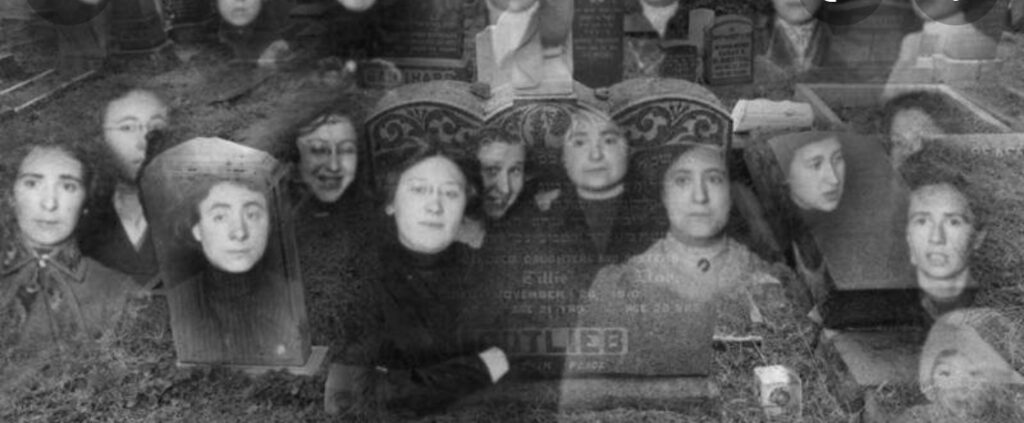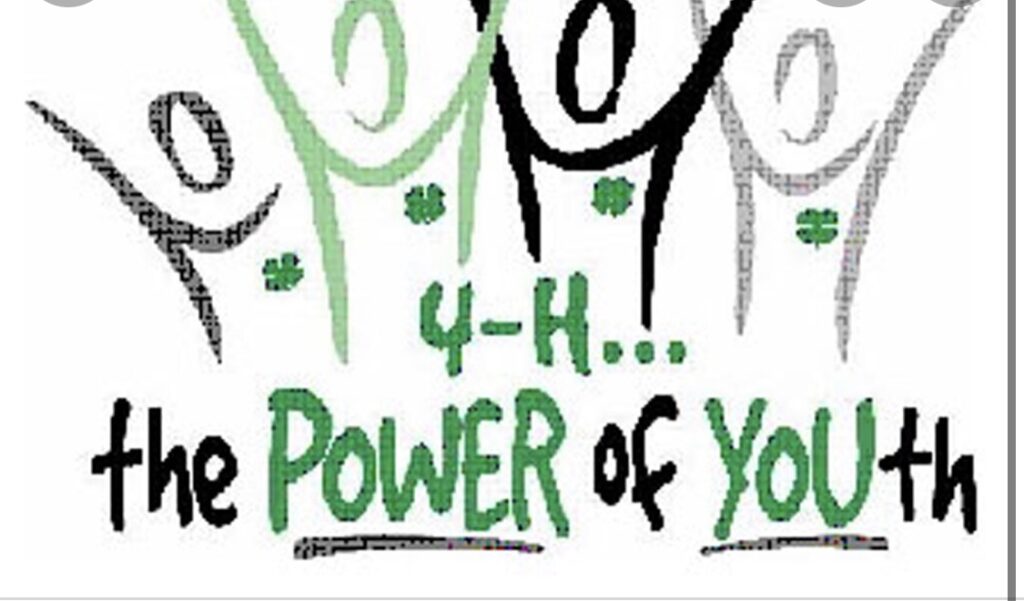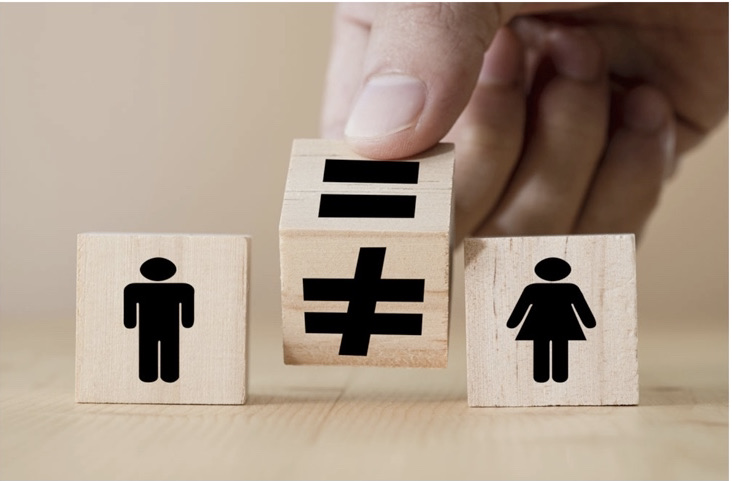The Triangle Shirtwaist Factory Fire incident has caused realizations across the globe, the conditions many individuals work under. We learn of a sad tragedy that had befallen some young people who strived to live better. During the early twentieth century, a disaster occurred, which lead to about 146 people losing their lives, majority of them being women. A factory where clothes were made had caught fire, but unfortunately in both buildings (the only ways to get out), there was zero chance of escape. One side was filled with smoke, the other locked by owners/ supervisors to prevent workers from having breaks constantly, and to also avoid any materials from getting stolen. With obvious no chance of survival, some of these people who were caught up in the fire decided to jump from the eighth, nineth floor. They did this with the purpose that their families would at least have access to their bodies. This incident is said to be one of the most horrifying, that had ever occurred in the history of New York. Thousands of people marched to demand for amendment, for secure working conditions. Countless felt raging anger, at the unjust manner at which those young workers died, caused them to protest for change. A fight for change, a fight that prevailed and secured benefits for the minimum wage-earning individual. A fight that had set a light at the end of the tunnel.
Nevertheless, going forth in our very twenty first century, a similar event transpired in a country in the South part of Asia. Almost the exact situation as the Triangle Shirtwaist Factory, the building had caught fire, the exit doors were locked. Again, some of the worker jumped through the windows so their families could have their bodies. This circumstance described and its similarities to that of the one that occurred years ago is what the speaker terms as, “race to the bottom”. Something that had taken place almost a century ago was repeating itself, just that this time it was in Bangladesh. A sad part of this was that their wages earned were way less, compared to the workers of the Triangle Shirtwaist Factory hundred years ago. The clothes they make when exported, sell for more than what they make in a week. They work for more than eight hours every day but get paid so little. These workers live in immense poverty as a result. It is a good thing however, that laws are getting implemented to stop the importing of goods made by minors for these big named corporations, who only take advantage of them.
Keeping up with the Women’s Suffrage movement from previous readings, which focused on the ratification of the 19th amendment, to enforce the voting rights of all citizens, both men and women. The equal rights amendments was yet to be discussed, or even ratified. Alice Paul was a highly educated woman, she had degrees in different fields of study. Alice was the writer of the Equal Rights Amendments. She managed to convince her colleagues to use tactics to get what they believed was right, tactics which were termed as “civil disobedience”.



